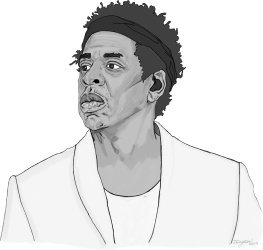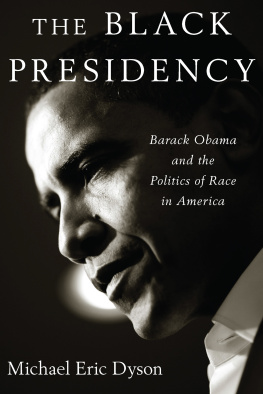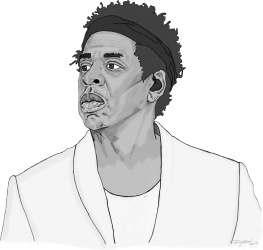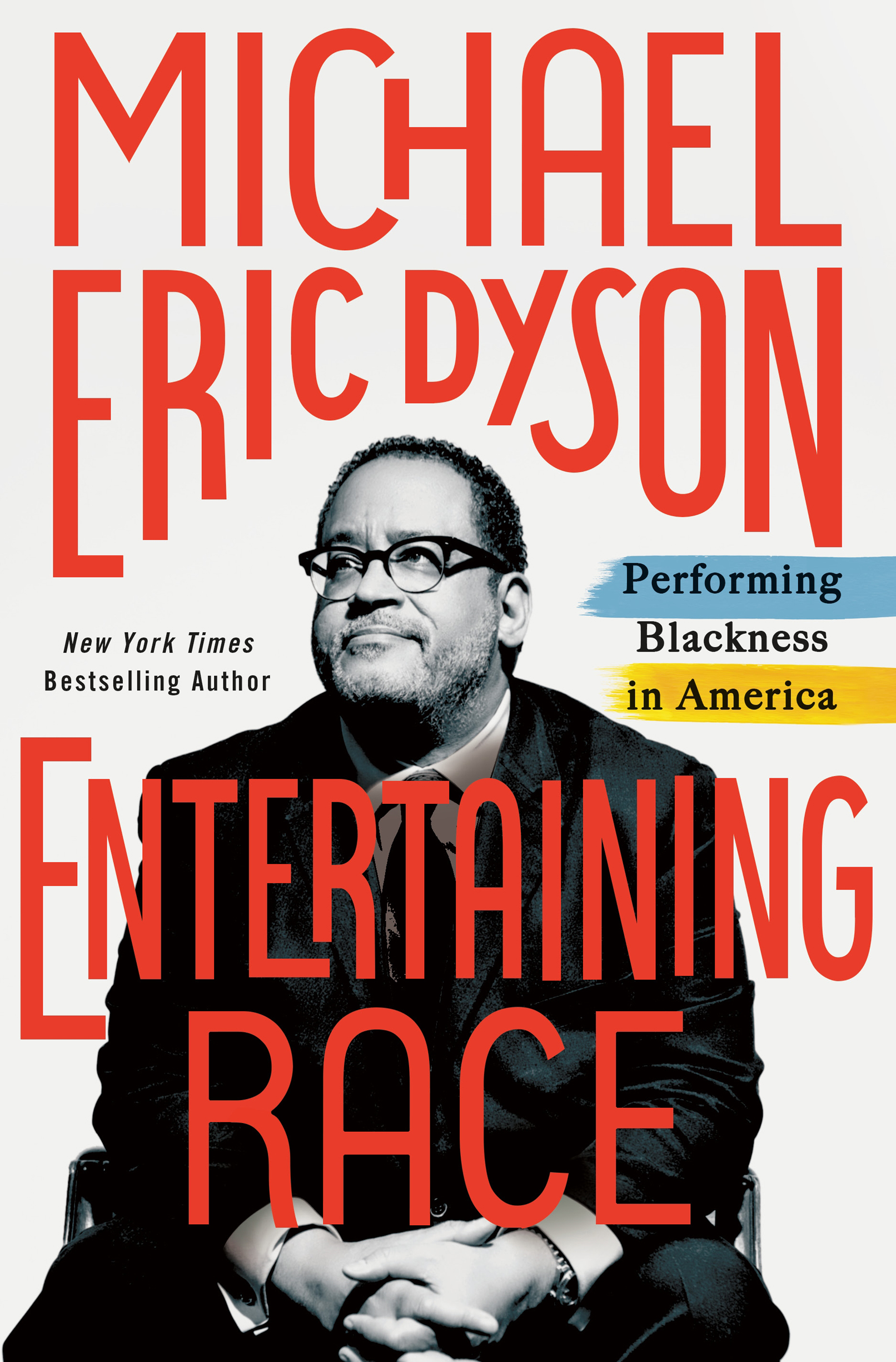Contents
Guide
Pagebreaks of the print version

The author and publisher have provided this e-book to you for your personal use only. You may not make this e-book publicly available in any way. Copyright infringement is against the law. If you believe the copy of this e-book you are reading infringes on the authors copyright, please notify the publisher at: us.macmillanusa.com/piracy.
To
Bobby Joe Leonard
Faithful cousin, more like a brother, who taught me the game of manhood on the basketball courts of Detroit
And
David N. Redman
Whose profound support as a graduate school dean at Princeton got me in and saw me through
An illustration captures a fate that is at once jarring and sadly familiar. A white man with an official title commits a wicked act that leads to the death of a fifteen-year-old Black girl. The image might have easily accompanied a recent newspaper story about a cop assaulting a Black teenager. Instead, the colored print by Scottish caricaturist Isaac Cruikshank was engraved in 1792. The drawing was originally captioned, The Abolition of the Slave Trade Or the inhumanity of dealers in human flesh exemplified in Captn. Kimbers treatment of a young Negro girl of 15 for her virjen [sic] modesty.
In 1791, John Kimber, the captain of the slave ship Recovery, departed New Calabar, known today as Nigeria, headed for Grenada, West Indies. After weeks of torturing a young captive girl, Kimber used a whip to mercilessly flog the nearly naked teen as she was suspended in midair by a single ankle; she died shortly thereafter. British abolitionist William Wilberforce gave a speech in the House of Commons in 1792 condemning Kimber for the killing. Wilberforces oration led to Cruikshanks illustration and Kimbers arrest and trial for the girls death, and that of a second girl, before the High Court of Admiralty in June 1792.
The true reason for the captains cruelty, outlined by Wilberforce in his speech, came to light at trial in the testimony of surgeon Thomas Dowling and shipmate Stephen Devereux, the only witnesses: The girl would not get up to dance with the other girls and women. It was common to dance the captives aboard a slave vessel to keep them in shape, to provoke sexual excitement in the crew, and to offer mostly white men entertainment on the long journey to the Americas.
The demand for Black entertainment by white folk continued in the New World.
Dowling testified that the girl came aboard in a diseased state with a very severe case of gonorrhea that led to a lethargy or drowsy complaint. According to other shipmates, Dowling had raped and infected the girl before leaving the Calabar region. Her illness left her weary and unwilling, perhaps unable, to perform.
It should come as no surprise that Kimber was quickly acquitted of murder. The jury concluded that it was disease and not mistreatment that led to the young girls death. The ugly truth is as simple as it is tragic: The Black girl was sentenced to death for refusing to entertain a white audience. It was hardly the first, and surely not the last, time that Black folk had to perform because their lives depended on it.
Even before the Atlantic slave trade began, Europeans traveling through Africa were introduced to Black performance. They viewed the folklore and rituals that inspired African song and dance through a distorted lens, seeing African art as inferior and its creators as deviant. Yet, Africans were often envied for the very reasons they were despised: their freedom of movement, their sensual confidence, their enthusiastic exploration of identity, their fearless performance.
Despite their alleged superiority, Europeans and Americans neither fully understood nor completely controlled Black culture. These same whites, as stewards of Western civilization, might at times acknowledge a Black upper hand, as long as that hand could be kept from strangling white throats or stifling white identity. Blacks were deemed bad at science and society, a lot better at song and dance, though of a crude, uncivilized character, and better still at sports and sex because these demanded little motive beyond the exercise of muscles and passion.
Such thinking willfully ignored the extraordinary craft, complexity, and care that marked Black performance in different regions of Africa. And most whites were not curious about how, for example, West African dance and song evoked ones profession, spirituality, the history of a populace, and the areas natural resources, as well as its customs, habits, traits, dispositions, myths, legends, and wisdom.
All cultures sing about their companionship with or alienation from the universe. All peoples dance their wonder or worry about the worlds that shape us or that we create. The stereotype that Blacks in particular are born to sing and dance denies our creative intelligence and fuels the myth that Blacks and whites are inherently different. Such views make it easier to dismiss the seriousness of Black art and reduce Black folk to amusement for white eyes and ears. Black folk became an entertaining raceon slave ships, on plantations where masters competed for the most gifted performers, and, later, in freedom, when Black entertainment offered Black artists a measure of independence and financial reward as their performances were coveted and exploited by the white world.
The terms of Black performance trace back to that fateful ship and carry on in the name of that anonymous Black girl who was murdered for refusing to dance for people who viewed her movement in vulgar terms. Black performance since then has sought to heal the traumatic rift between the quality and source of African art and the violent coercion to entertain myopic white folk in the New World. Black performers forged a complex racial identity and preserved ties to a cultural heritage under relentless fire. White folk used Black art to construct stereotypes of docile Sambos, happy Negroes, witless buffoons, and classless coons, character types that populated the minstrel shows that first darkened the culture in the 1830s.
Racial paradox flooded, and united, the slave ship, the plantation, and the minstrel stage: white people yearned to be near a Blackness they mocked, that made them feel superior. White folk insisted that Blackness be staged when and how they saw best and performed in a manner that brought them the greatest pleasure. Black folk performed a sly and signifying style of Blackness that seemed to say yes to stereotypes even as they secretly said no in their hearts. Black people often rolled their eyes to parody the white belief that they were clowns or fools. Blacks who performed found the means to entertain massa while helping to emancipate the masses. This is most clearly heard when the enslaved sang spirituals about a heavenly destination with veiled information about escape to earthly freedom. Harriet Tubman used spirituals to signal hiding places, danger zones, and safe escape. To be sure, the genuinely gifted Black performer always stood out. But the myth of the innately talented Black person persuaded white folk to command and choreograph performance from the masses of Blacks. In an inspired example of the Kantian concept of making a virtue of necessity, the enslaved got great at the performance that was demanded of them. They routinely turned the misfortunes of color into a stronger and richer Black identity.










